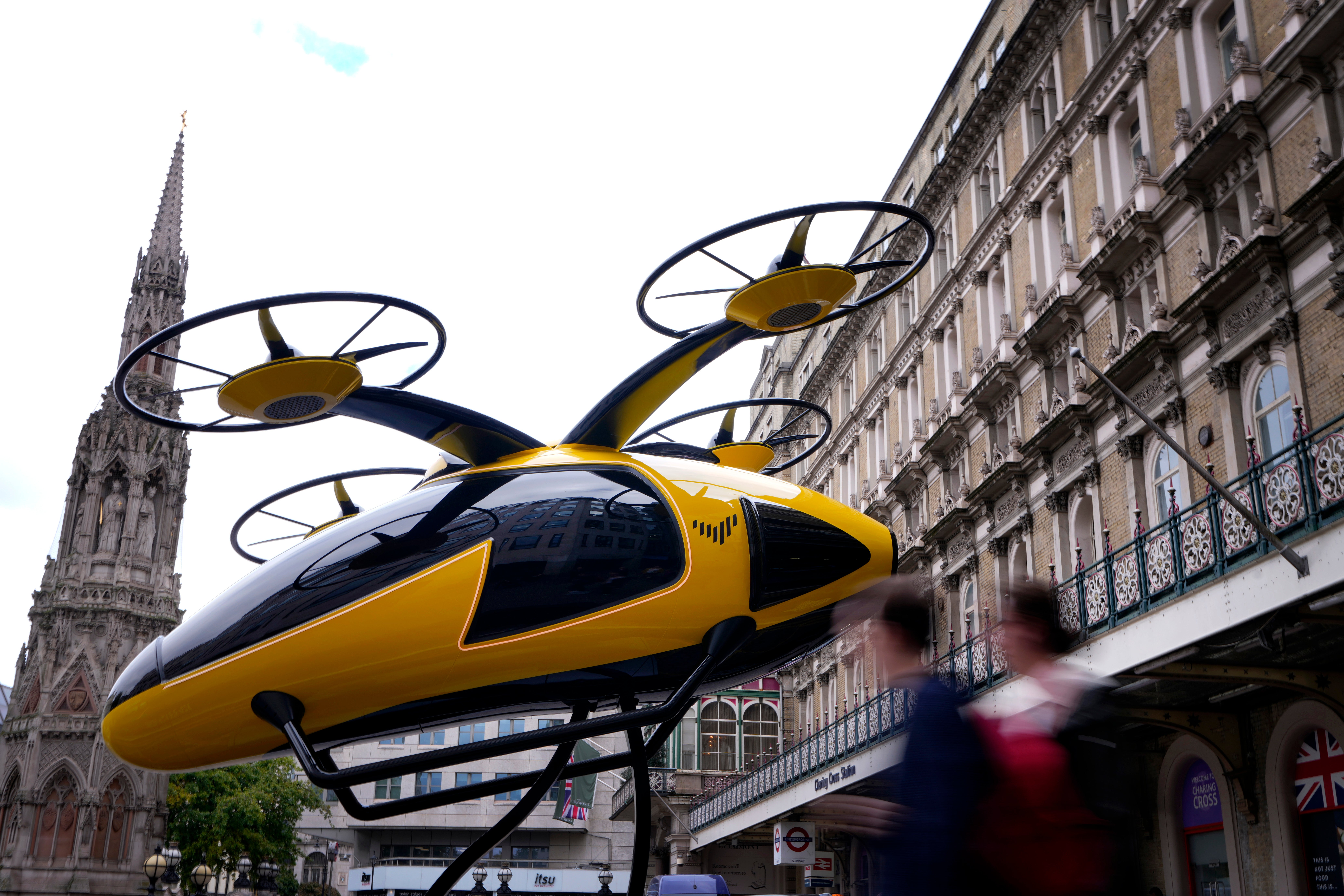Flying air taxis took one step closer on Wednesday after US officials issued rules on how they could be used.
Federal regulators gave a strong push to the electric-powered air taxis by laying out a final rule for operating the aircraft and how pilots will be trained to fly them.
Airlines see air taxis as a way to deliver passengers to airports. Delta Air Lines said in 2022 it would invest $60 million in Joby, and this month Toyota announced a $500 million investment. United Airlines is backing another California-based company, Archer Aviation, with an order for 200 aircraft that Archer said could be worth $1 billion with an option for $500 million more.
The head of the Federal Aviation Administration, Mike Whitaker, said the rule recognises air taxis as an entirely new type of aircraft that will soon join airplanes and helicopters in the sky.
These aircraft take off and land vertically, like helicopters, but fly like fixed-wing planes. Many companies are working to get them on the market, but they have been held back by the lack of clarity over regulations to govern their use.

Whitaker said the FAA is stressing safety as it works to fold the new aircraft into the nation’s airspace. He said “powered-lift aircraft” are the first new category of aircraft in nearly 80 years, since the dawn of helicopters, and the rule will allow for their widespread operation.
Air taxi supporters call them a cleaner alternative to passenger planes that burn jet fuel. So far, however, current technology limits their size and likely means that they will be used most often in urban areas. Companies envision carrying people and cargo.
One of the companies in the new field, California-based Joby Aviation, praised the FAA regulation. CEO JoeBen Bevirt said the rules “will ensure the U.S. continues to play a global leadership role in the development and adoption of clean flight.”
Earlier this year it was reported that the first ever flying taxi could take to the UK skies as early as 2026, a government plan suggested.
The proposals are part of the Department of Transport’s (DoT) Future of Flight Action Plan. Under the proposals, driverless…
Click Here to Read the Full Original Article at The Independent Travel…
